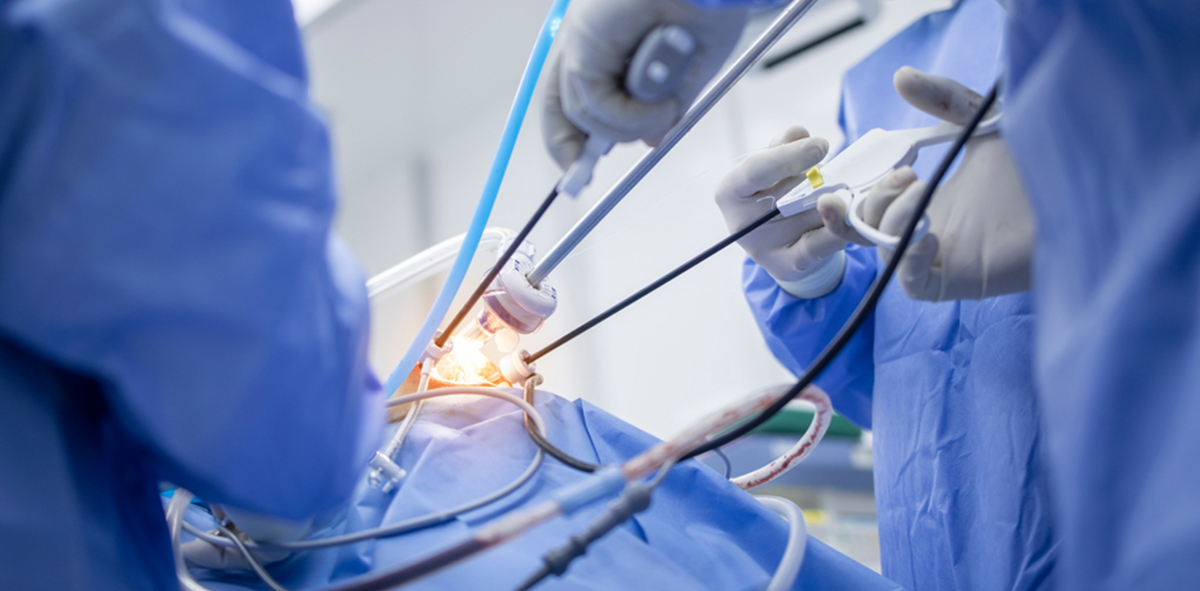
Minimally Invasive Cardiac Surgery
Rapid advancement of medical technology and surgical solutions has been helping heart patients find faster and easier relief to their heart conditions. Minimally invasive cardiac surgeries belong to the advanced category of surgical solutions that are now being leveraged by heart surgeons in India to successfully treat wide variety of heart condition with high success rate, less complications and faster recovery.
What is minimally invasive cardiac surgery?
Traditionally all major heart surgeries like coronary artery bypass surgery, valve repair or replacement surgery and closure of holes in the heart are performed from a big cut on the front of the heart by splitting breast bone vertically and stopping the heart using an artificial heart-lung machine. While this approach saved lives of millions of patients, it is also associated with need for prolonged rest and restriction of activities and taking more pain medications and in some, development of major infections and big scars and significant bleeding needing multiple transfusions of blood products.
In the last couple of decades, developments in technology made it possible to do majority of heart surgeries either on a beating heart without using heart-lung machine (ex: bypass surgery on beating heart) or through small incisions on the side of chest below the nipple without splitting the breast bone (ex: valve repair or replacement surgeries, closure of birth holes in the heart, minimally invasive coronary artery bypass surgery) or sometimes splitting breast bone partially only through small incision (ex: aortic valve replacement) or a combination of these. Put together, these type of surgeries are collectively called minimally invasive heart surgeries as there is a smaller incision with less complications.
Types of minimally invasive heart surgery
What are the benefits of minimally invasive heart surgeries over traditional open heart surgeries?
Unlike traditional open heart procedures where a very large incision is made to access the heart, minimally invasive heart surgery involves a tiny incisions of 2-3 inches. Traditional open heart surgeries is many cases has to leverage heart-lung machine to continue the function of which is not necessary in minimally invasive heart surgery procedures.
Minimally invasive heart surgeries due to their tiny incisions result in reduced trauma, pain and much lesser blood less. Smaller and less noticeable scares translate to lower risk of infections, faster recovery and return to normal activities.
